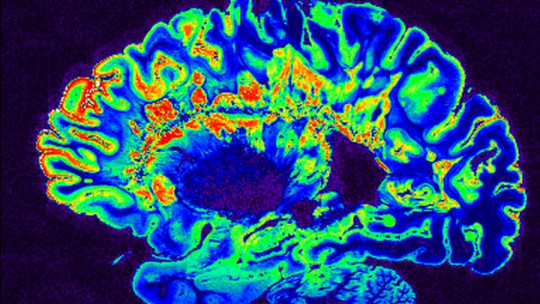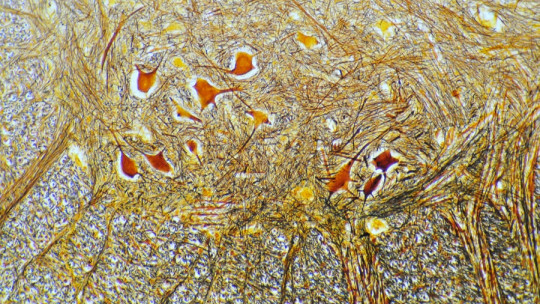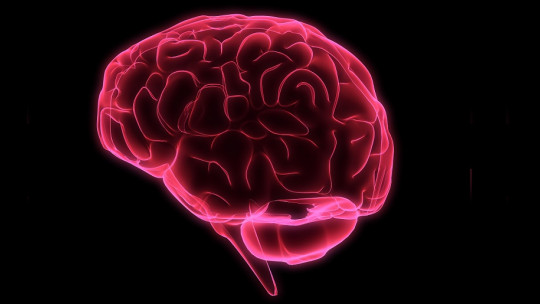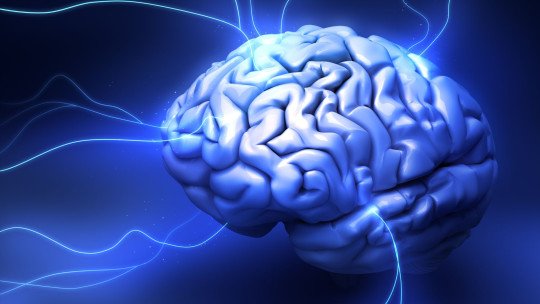
Neurodevelopmental disorders represent a diverse group of conditions that affect the development of the nervous system, resulting in atypical functioning in areas such as communication, behavior, and motor and cognitive skills. The nature and severity of symptoms can vary, making each case unique and requiring a personalized approach.
Neurodevelopmental Disorders:
These include:
1. Attention Deficit Hyperactivity Disorder (ADHD)
ADHD is characterized by persistent patterns of inattention and/or hyperactivity-impulsivity that interfere with daily functioning. They may have difficulty staying on task, following instructions, and controlling impulses, which can affect their school performance and interpersonal relationships.
Inattention can manifest as easy distraction, forgetfulness in daily activities, and difficulties organizing tasks. Hyperactivity and impulsivity can include restlessness, difficulty sitting still, talking excessively, and acting without thinking about the consequences.
2. Autism Spectrum Disorders (ASD)
ASD is characterized by challenges in social communication and restricted, repetitive behaviors, interests, or activities. They may have difficulty understanding social norms, expressing emotions, and adapting to changes in their environment.
These challenges can lead to repetitive behaviors, such as hand flapping, insistence on strict routines, and intense interest in specific topics. The variability in the expression of symptoms is wide, ranging from individuals with severe disabilities to those with higher intellectual abilities who still face difficulties in social interaction.
3. Intellectual Development Disorder (IDD)
IDD involves significant limitations in intellectual functioning and adaptive skills, which affect the development of learning, reasoning, and problem solving. They may have difficulty acquiring and applying academic skills and performing daily activities independently.
These limitations must be present from early development and affect multiple areas of daily life including communication, self-care, home life, social skills, community use, self-control, health and safety, academic functioning, leisure and work.
4. Specific Learning Disorder (ASD)
Specific Learning Disorder refers to significant difficulties in acquiring and using academic skills, such as reading (dyslexia), writing (dysgraphia), and mathematics (dyscalculia). These problems are not best explained by intellectual deficits, sensory problems, or environmental adversities.
Dyslexia, for example, involves difficulties recognizing words accurately and fluently, as well as spelling and decoding problems. Dysgraphia affects the ability to write clearly and coherently. Dyscalculia involves problems with number sense, remembering arithmetic facts, and accurate or fluent calculation.

Real Life Examples:
Let’s talk about real cases:
1. Luis and Autism Spectrum Disorder
Luis is an 8-year-old boy diagnosed with Autism Spectrum Disorder. Since he was little, his parents noticed that Luis had difficulty maintaining eye contact, did not respond to his name and preferred to play alone. As he grew older, his repetitive behaviors, such as lining up toys in a specific way and his aversion to changes in routine, became more evident.
At school, Luis struggled to follow instructions and participate in group activities. His classmates often did not understand his reactions and behaviors, which made Luis feel isolated. His worried parents sought the help of a pediatrician specialized in neurological development, who after a thorough evaluation, diagnosed Luis with ASD.
Intervention and Support for Luis:
The diagnosis was the first step in providing Luis with the necessary support. He began attending occupational therapy to improve his motor skills and speech therapy to develop his communication skills. Additionally, his parents participated in training sessions to learn effective strategies to manage daily challenges and support Luis’s development.
At school, a special education team worked closely with Luis’s teachers to implement an Individualized Education Plan (IEP), adapting the curriculum and school environment to meet his needs. With these interventions, Luis began to show improvements in his ability to communicate and participate in school activities. His progress was not only academically but also in his ability to interact with his peers and develop social skills.
2. Ana and Specific Learning Disorder
Ana is a 10-year-old girl who, from her first years of school, showed significant difficulties in reading and writing. Her teachers noticed that, despite her obvious intelligence and curiosity, Ana had trouble recognizing common words, made many mistakes when reading aloud, and avoided reading and writing activities whenever she could.
Ana’s parents were worried and decided to take her to a learning specialist. After a series of evaluations, Ana was diagnosed with dyslexia, a form of Specific Learning Disorder that affects the ability to read.
Intervention and Support for Ana:
Ana began working with a reading therapist, who used multisensory methods to help her improve her skills. These methods include using sight cards, rhyming activities, and tactile exercises to reinforce the connection between sounds and letters.
At the school, an Individualized Education Plan (IEP) was developed that included accommodations such as additional time to complete assignments, the use of textbooks in audio format, and the option to present their work orally instead of in writing. Additionally, teachers received training on how to best support students with dyslexia. Over time, he began to participate more actively in class and enjoy activities that he previously avoided.
Importance of the Multidisciplinary Approach
The treatment and management of neurodevelopmental disorders requires the collaboration of various professionals, including pediatricians, neurologists, psychologists, occupational therapists, speech therapists, and educational specialists. This collaboration ensures that all areas are addressed comprehensively.









